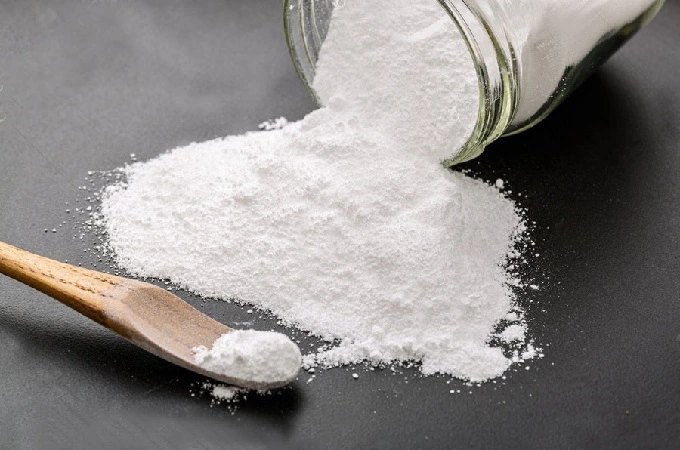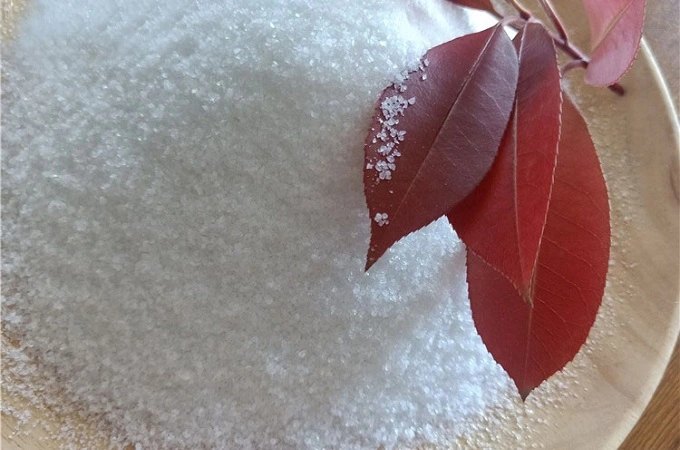Because PVP-I has the characteristics of wide sterilization spectrum, fast sterilization speed, no irritation and allergic reaction, easy dissolution in water, no pollution, long-lasting effect, no drug resistance and long storage time, it has been recommended as the preferred medical iodine containing bactericide by developed countries for more than 40 years.
It can not only be used for skin disinfection, but also widely used for disinfection and treatment of surgery, gynecology, Stomatology, dermatology, burn department, otolaryngology and so on; It can not only be used for external skin, but also suitable for sterilization and disinfection of oral cavity, thoracic cavity, abdominal cavity, bladder, vagina, anus and wound mucosa; It can not only be used in clinic, but also be used for sterilization or disease prevention of medical devices, wards, clothing appliances, sanitary ware, tableware, food hygiene equipment, feeding farms, swimming pools, natural water sources, etc.
In order to prevent the threat of potentially latent lunar bacteria to mankind, NASA selected PVP-I as the disinfectant when Apollo 11, 12 and 14 spacecraft returned to earth, which shows the recognition of the advantages of PVP-I in European and American medical circles.
On the basis of the success of the clinical trial in 1986, PVP-I was officially applied in clinic in May 1988. The Second Affiliated Hospital of Zhejiang Medical University disinfected 24439 cases of PVP-I by rapid hand brushing before operation. The results showed that the sterilization efficiency was 97.2% with 5% PVP-I rapid hand brushing for 1 minute and 0.5% PVP-I solution soaking for 1 minute; 5% PVP-I solution was used in 3003 cases of skin disinfection in the elective operation area of general surgery, tumor, bone, burn, plastic surgery, facial features and stomatology. 3000 cases of incision healed up to grade A, the infection rate was only 0.1%, and there were no cases of allergy.

The capital hospital used 10% PVP-I as the skin entry point of subclavian central venous catheter for disinfection. The total intubation time was 778 days, the longest case was 241 days, with an average of 39 days. Results there was no infection, which solved the problem of infection caused by venous catheter in the treatment of complete parenteral nutrition support.
30 cases of mycotic vaginitis and 30 cases of trichomonal vaginitis were smeared with 10% PVP-I twice, once a day for three consecutive days. The negative conversion rates of secretion sources were 80% and 90% respectively. The use of suppositories has the same effect. 53 patients with obstinate vaginitis who failed to use other therapies were treated with PVP-I suppository or cotton ball, and rinsed with 0.3% PVP-I 24 hours later. Most patients recovered after several weeks of treatment, and the total effective rate was 98.1%.
When treating second degree burns, the above hospitals applied 10% PVP-I or covered with PVP-I solution gauze after debridement, once every 1-2 days until the wound surface was dry and healed after 5-14 days. There was no infection in 22 cases.
The abdominal cavity of patients with severe abdominal infection was rinsed with o.1% pvp-i1000ml, and only one case was infected in 80 cases. The maximum safe dosage is equivalent to 10% pvp-i2 5ml / kg body weight. In the 21st century, Shanxi and Guangdong have successively used 0.5% PVP-I solution for flushing, disinfection and infection prevention in abdominal and uterine surgery. The application results of thousands of cases show that the postoperative infection rate is greatly reduced compared with conventional surgery. At the same time, it also greatly reduces the use of postoperative antibiotics, which is one of the effective ways to solve the problem of abuse and overuse of antibiotics.

The compound agent composed of PVP-I and sucrose can treat all kinds of wounds and ulcer surfaces. Its advantages are that the wound surface is dry quickly, without pus, stimulation and pain, and the dressing does not adhere to the wound surface, so it is convenient to change dressing, the new tissue grows quickly without scab. No skin grafting is needed in 515 cases, while 62 cases in 154 cases need skin grafting in routine treatment. 108 cases of skin and mucous membrane infected by bacteria or mold were treated with PVP-I solution. After 36 hours, the cure rate was 94.3%. 15 cases of thrush also achieved good curative effect in a few days.
Using 10% PVP-I for disinfection before root canal filling, the total effective rate was 95.2% in 58 cases. In addition, gargling with 0.5% PVP-I before and after oral surgery such as tooth extraction or painting the affected area with 10% PVP-I can reduce bacterial infection such as toxemia.
Lu Wenxia and others used PVP-I detergent to disinfect the infection ward, and the effect was very good.
The mixed preparation of PVP-I and acid can be used for disinfection and descaling of equipment and storage tanks in food industry (such as milk processing).
The concentration of 10 ~ 100 ppmpvp-i can disinfect and sterilize fish and shellfish culture water, and the concentration of 0.3 ~ 3 ppmpvp-i can be used to prevent and treat bullfrog skin rot and red leg disease.
Recently, it has also been reported that NVP can be grafted and polymerized on cotton fiber, and then complexed with iodine. The fabric woven from this cotton fiber can be used to make sterile clothes and dressings for burn patients.
There are many reports on the use of PVP-I in diagnosis in the literature, but this kind of PVP iodine is a complex formed by the chemical reaction of isotope iodine and PVP, which can help diagnose gastric, intestinal and colonic ulcers and cancer; Blood injection can be used to study renal function and detect the location of intracranial tumors.
The above is only a small part of PVP-I applications scattered in domestic and foreign literature. It can be seen from this that the invention and wide application of PVP-I is one of the most important contributions in medicine after PVP was used as a plasma expander in World War II.
In China, since Zhejiang Chemical Research Institute, Hangzhou Minsheng pharmaceutical factory and the Second Affiliated Hospital of Zhejiang medical university completed the development of PVP-I new drug and officially put into production in 1988, it was included in the Chinese pharmacopoeia in 1990. According to incomplete statistics, more than 10 factories across the country are approved to produce PVP-I API, with an annual production capacity of more than 1000 tons; Nearly 100 factories have been approved to produce various preparations of PVP-I. But so far, most of China's PVP-I is mainly used for export.
Looking at the whole world, the application of PVP-I in both developed and developing countries can be said to be in the ascendant, and the consumption is growing rapidly. Table 16 shows the consumption of PVP-I in several countries and regions provided by BASF. In the new century, the global consumption of PVP-I has reached more than 6000 tons; Even developing countries such as India, Egypt, Iran and Turkey have an annual consumption of about 200-500 tons. It can be seen that there is still a big gap between the application and consumption of PVP-I in China and the advanced countries in the world. Even if it reaches the level of India in 1993, the consumption of PVP-I in China will reach 900 tons per year. It can be expected that with the development and improvement of economy and people's living standards, the expansion of the application scope of PVP-I and the development of medical and health care, the application of PVP-I in China can be expected to develop more rapidly.
Sunflower is one of the leading polyvinylpyrrolidone suppliers in China, providing China povidone k90 and other PVP povidone.
This is the last one.